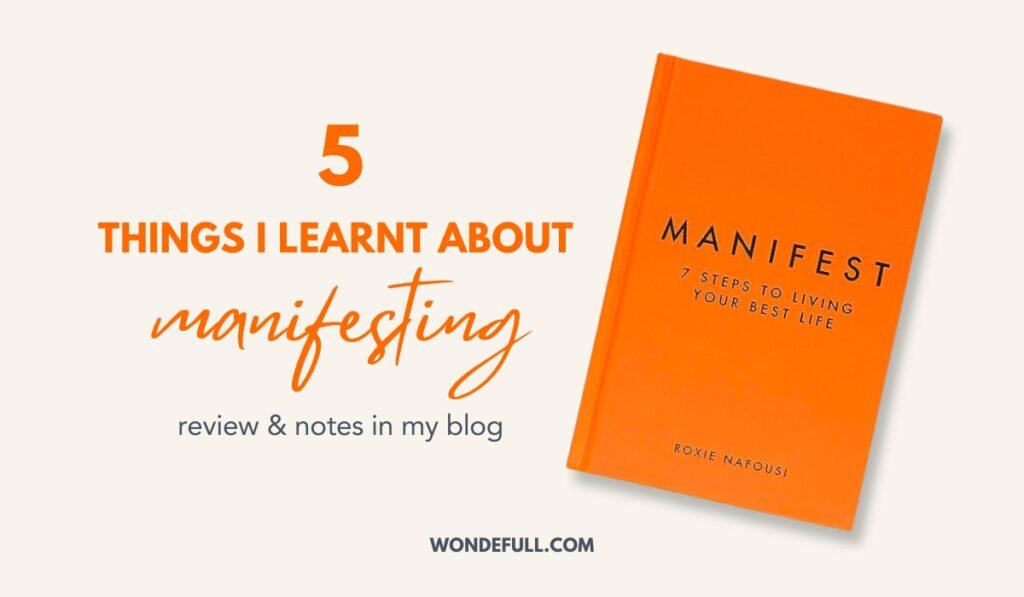What is Unique About This Book
This book provides a step-by-step, data-driven guide on improving online writing and turning it into a business. It is packed with many real-life writing examples, as the author, Nicholas Cole, has accumulated over 100 million views on his online articles.
How I Discovered It
I discovered this book when Ali Abdaal recommended it in his video, 15 Incredible Books to Read in 2023.
Who Would I Recommend This Book
🟢You want to write online for a living: If you don’t want to spend on building a blog/website from scratch or write a 200-page book, then find out that no one is actually interested in your book, practice what this book preaches.
🟢You want to build a personal brand: If you want to share your opinions and knowledge through writing online, this will suit you as it teaches you how to build credibility and grasp readers’ attention fast.
🟢Content creator: Every form of content requires writing – the script for the podcast or video and the social media caption. You can learn something about writing those through this book.
🚫You write online without needing exposure: If you write just for fun, you can write whatever you want. There’s no need to read this book.
🚫You write for SEO: If your strategy is about increasing your search rank, this book is not for you as it doesn’t focus on keywords. Moreover, the encouragement of syndicating your works to different publishers might sabotage your article ranking.
My Review of The Art and Business of Online Writing
As a data person, I resonated strongly with Nicholas’s approach to writing consistently and collecting data first, then only committing and iterating on what works. After implementing what Nicholas has taught, I have seen significant improvements in my writing and the readers’ responses.
He categorizes online writing monetization into three models:
- Advertising Model: Ads, sponsorship, affiliates.
- Paywall Model: Write behind paywall, create a product or course, write a paid newsletter, host a workshop/event
- Services Model: Your writing skills (content writing, ghostwriting and speechwriting, copywriting, company messaging)
This book is perfect for those who want to learn how to monetize online writing through the Paywall Model and Service Model.
As opposed to the traditional monetizing method – Advertising, the paywall method only needs you to accumulate a decent amount of loyal readers. They will be your true fans who are willing to pay for exclusive content. Service Model is the model you can start immediately by approaching clients with your proven portfolio.
This book has many examples, which can be overwhelming in the first read. You will need to reread it as most are actionable steps you must dissect, digest, and apply in real-life online writing. If you want to make money from online writing, I recommend you read this game-changing book.
If you want to buy this book, you are most welcome to use my link. If it’s not for you, feel free to check out other books in book notes!

5 Key Lessons from This Book
Start writing on platforms that already have active readers to gather data early on
According to Steefy, there are around 1.11 billion websites in the World. 18% of these websites are active, making it 202 million. If you are creating a blog or website from scratch, that’s the amount of your competitors.
With zero domain authority, your blog would barely get shown on page 1 of a Google search unless you write articles with high volume and low competitiveness SEO keywords. Even that will take at least 1-2 years of consistent publishing to accumulate sufficient size of readers.
Without readers, you cannot get sufficient data to learn what people actually want from you.
So, write on platforms with broad reach, like LinkedIn and Medium, to gather data and determine what people enjoy reading from you.
However, the technology landscape changes fast, LinkedIn and Medium might not be suitable for you in 2033, so you can learn how to spot and identify suitable writing platforms in the future by reading chapter 4 of this book.
Specificity is how you attract readers
“The broader you are, the more confusing you are”
– Nicholas Cole
It is ineffective writing if no one can relate strongly to your article. So, when you’re writing an article, you may start with the headline as it is the micro-version of your article.
In this book, Nicholas provided three ingredients we need for banger headlines: What, Who, and the Promise. With this formula, you are specific on what it is about, who should be targeted, and the attractive promise to the targeted audience that will be delivered after they read the article.
Conclusion is optional
This piece of advice changed my way of writing.
Once you have delivered your promise that was stated in the title, you can leave your piece of writing with a cliffhanger. This works significantly great for list articles like “7 ways to make money online as a digital nomad in Thailand”.
“Everything you write should, in some sense, feel like both a stand-alone piece and a piece within your larger library.”
– Nicholas Cole
With a fantastic speed of revelation and no BS on a specific topic, ending your article with a cliffhanger will make the reader think you have said more but didn’t.
Hence, they tap on other articles written by you after that.
Build a sticky “web” for your writing
Suppose you want to become a successful writer who can write 1000 articles and consistently write every year. In that case, you need to build a repository of writing that you can repurpose within your content buckets.
Content buckets are categories of your content that target three different audiences as follows. For example, here are my content buckets (still a work in progress):
- General audience: productivity, life, and career advice, wellness
- Niche audience: digital planning, journaling, meditating, manifesting, product management, multi-passionate individuals
- Company/Industry audience: tech startup and creative entrepreneurship
After developing content buckets, you will plug and play topics (example: how-to, book recommendations, and myths) to craft endless headlines.
Here are two tips to build the repository that will help you become memorable within your content buckets:
- Invest in writing timeless pieces
- Rewrite your story and articles from different angles
Remember, repetition is how you get people to remember “you”.
Give away 99% for free and monetize the 1%
Before you start charging for your 1%, you give away 99% to collect the data on what works and what doesn’t. That is your sandbox where you can experiment with writing style, topics, and whatnot. Perhaps spray and pray occasionally.
Once you have your readers’ attention and they are amazed by the fact that you give out so many valuable lessons for free, they are tempted to get more from you. This is when they are willing to pay for the 1%.
“The best products and services are a reflection of your proven, high-performing topics.”
– Nicholas Cole
Note that the 1% is not a brand-new offering; it stems from the part of 99% that works. But it carries more value in terms of convenience, specificity, and depth. For example, readers can read through hundreds of my articles to learn about journaling. Those who don’t have the time will pay for my journaling course for the convenience and extra motivation.
My favorite quotes from the book
“The pipedream that a publishing house is just going to swoop in, save the day, and bring you tea and crumpets all afternoon while you stare out the window working on the next great American novel is dead.”
“The writers who become successful are the most consistent writers.”
“You are not the main character in your story. The reader is.”
“Everything you write should, in some sense, feel like both a stand-alone piece and a piece within your larger library.”

Like this book review and notes? Share it on Pinterest – thank you!
More book reviews and notes are available here




